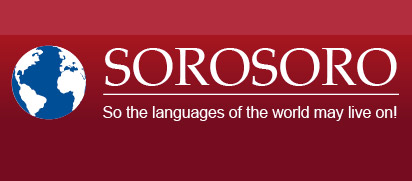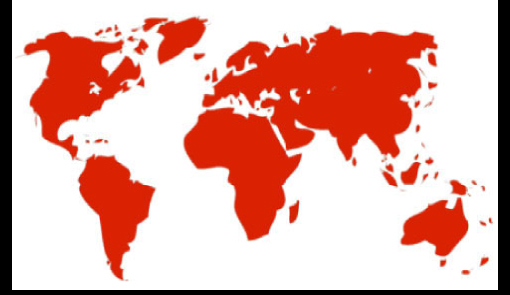Print  |
|
Arabana
Index compiled with data collected by AUSTLANG
Data on the language
Alternatives names: Arabuna, Arrabunna, Arrabonna, Arubbinna, Arapani, Urapuna, Urabuna, Urabunna
For additional names and alternative spellings, see the AUSTLANG website.
Main dialects:
According to Hercus (1994:6-7), Wangkangurru and Arabana are considered as two distinct languages by the speakers of these languages. However technically speaking, they are mutually comprehensible (although numerous differences and considerable misunderstandings can occur).
Arabana includes three dialects:
- Piltapalta, which Hercus refers to as ‘Arabana Proper’
- Wangkakupa
- Midhaliri
Classification: Pama-Nyungan language family, Karnic group, South-Western sub-group.
Area:
Arabana is an indigenous Australian language spoken in South Australia (SA), from the Neales River on the West side of Lake Eyre, westward towards Stuart Range, from Macumba Creek southward towards Coward Springs, at Oodnadatta, Lora Creek, Lake Cadibarrawirracanna, and the Peake. The Arabana boundary with the Kokata on the West is delineated by the margin of the scarp of the Western tableland near Coober Pedy (Tindale 1974). According to Hercus (1994:6), Arabana is spoken to the West and to the North of Lake Eyre.
Number of speakers:
In 2005, the National Indigenous Languages Survey (NILS) estimated only 6 speakers of Arabana. According to the Australian Bureau of Statistics 2006 Census, the estimate has risen to 23 speakers.
Assuming that the 2005 and 2006 estimates are reliable, there is perhaps a correlation between this rise in speakers and the establishment of the South Australia. Department of Education and Children’s Services (see below).
For more information on the history of speaker numbers, see the AUSTLANG website.
Vitality & transmission:
No longer spoken; according to AUSTLANG, endangerment level 0.
UNESCO, basing its assessment on the 2005 numbers (6 speakers), has determined Arabana’s status as « critical ».
Media/Literature/Education:
South Australia. Department of Education and Children’s Services produced a language learning CD-rom in 2005.
The Education Deptartment of South Australia produced a teacher’s guide in 1991.
Sources & bibliography :
Hercus, Luise. 1994. A grammar of the Arabana-Wangkangurru language, Lake Eyre Basin, South Australia: Pacific Linguistics C128. Canberra: Pacific Linguistics.
Hercus, Luise. Machine-readable files of Arabana and Wangkangurru vocabulary, ASEDA 0238.
Maps
Austin, Peter. 1981. A grammar of Diyari, South Australia. Cambridge: Cambridge University Press.
Bowern, Claire. 2001. “Karnic classification revisited”. In Forty years on, eds. Simpson, Jane et al. 245-261. Canberra: Pacific Linguistics.
Hercus, Luise. 1994. A grammar of the Arabana-Wangkangurru language, Lake Eyre Basin, South Australia. Canberra: Pacific Linguistics.
Tindale, Norman. 1974. Tribal Boundaries in Aboriginal Australia. Canberra: Division of National Mapping, Department of National Development.
Links
AUSTLANG webpage : http://austlang.aiatsis.gov.au/main.php
Ethnologue webpage: http://www.ethnologue.com/show_language.asp?code=ard
Please do not hesitate to contact us should you have more information on this language: contact@sorosoro.org








